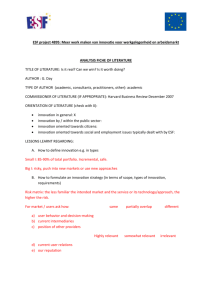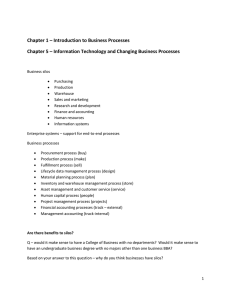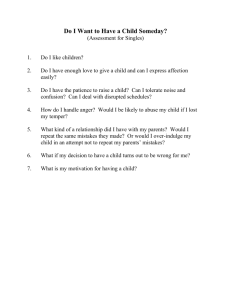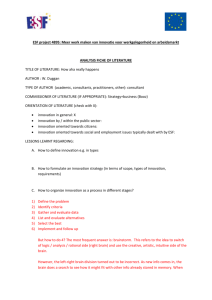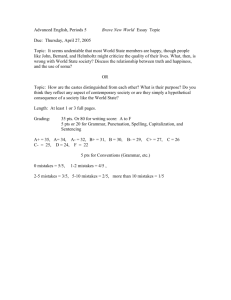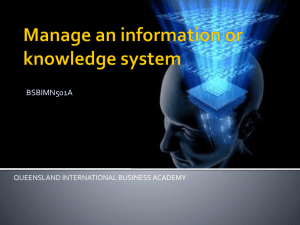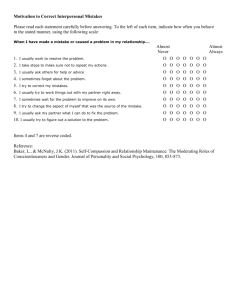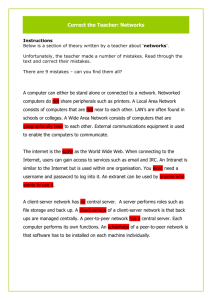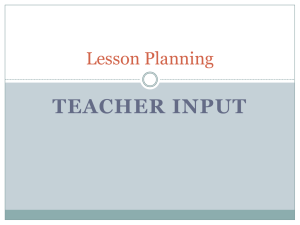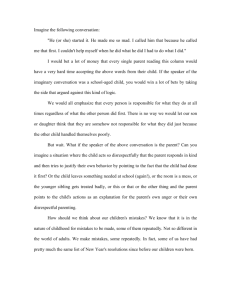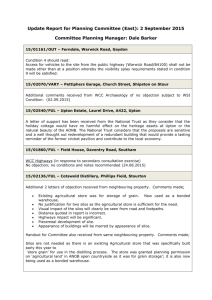ESF project 4895: Meer werk maken van innovatie voor
advertisement
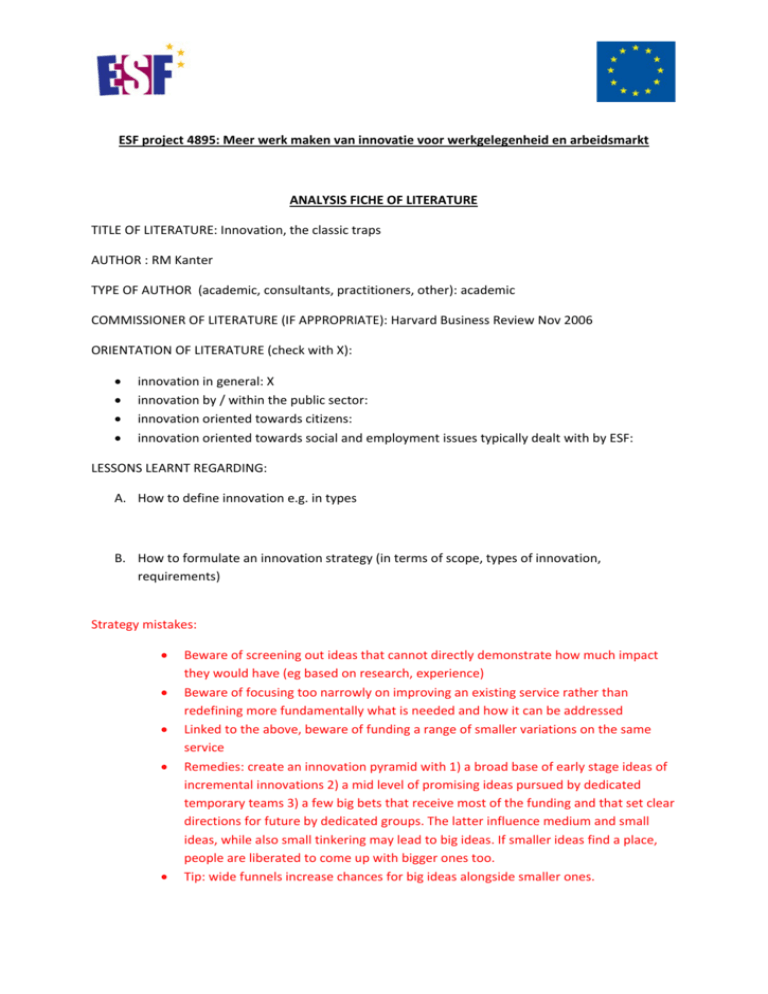
ESF project 4895: Meer werk maken van innovatie voor werkgelegenheid en arbeidsmarkt ANALYSIS FICHE OF LITERATURE TITLE OF LITERATURE: Innovation, the classic traps AUTHOR : RM Kanter TYPE OF AUTHOR (academic, consultants, practitioners, other): academic COMMISSIONER OF LITERATURE (IF APPROPRIATE): Harvard Business Review Nov 2006 ORIENTATION OF LITERATURE (check with X): • • • • innovation in general: X innovation by / within the public sector: innovation oriented towards citizens: innovation oriented towards social and employment issues typically dealt with by ESF: LESSONS LEARNT REGARDING: A. How to define innovation e.g. in types B. How to formulate an innovation strategy (in terms of scope, types of innovation, requirements) Strategy mistakes: • • • • • Beware of screening out ideas that cannot directly demonstrate how much impact they would have (eg based on research, experience) Beware of focusing too narrowly on improving an existing service rather than redefining more fundamentally what is needed and how it can be addressed Linked to the above, beware of funding a range of smaller variations on the same service Remedies: create an innovation pyramid with 1) a broad base of early stage ideas of incremental innovations 2) a mid level of promising ideas pursued by dedicated temporary teams 3) a few big bets that receive most of the funding and that set clear directions for future by dedicated groups. The latter influence medium and small ideas, while also small tinkering may lead to big ideas. If smaller ideas find a place, people are liberated to come up with bigger ones too. Tip: wide funnels increase chances for big ideas alongside smaller ones. C. How to organize innovation as a process in different stages? Process mistakes: • • Applying the same planning, budgeting, review processes as for mature business with expectations that managers stick to their plans (leading them again to underpromise) and no separate innovation investment funds Remedies: Reserve pools of special funds. Follow the rhythm of the project, rather a fixed quarterly or annual calendar. Same may go faster, quickly reaching milestones that trigger a review and allocation of next funding, while others require more patience (eg when encountering an unexpected obstacle). Structure mistakes: • • Game changing innovation often cut across existing silos, combining existing capacities in a different way. This may be perceived as a threat by those existing silos. This requires that interpersonal connections across silos are strengthened. Remedies: productive conversations should be held between business as usual and the inn ovation team. Senior leaders play a role here in focusing on mutual learning. Also, rotation from innovation to front line teams can be useful as can creating solutions oriented teams that span different silos. D. How to define outputs of innovation e.g. in terms of idea, concept, prototype…? E. How to make decisions regarding progress of an innovation? F. What roles exist for different actors in the innovation process? What competences are required for these roles? Skills mistakes: • Leaders should lead innovation development, not necessarily the best “experts, technicians”. They focus on building trust and interplay among the innovation team. Research is quoted that states team members relay start to perform after two years on board. Otherwise, they cannot stay involved from start to finish given average lead times of 24 to 26 months. • Relationships outside the team need also to be nurtured by leaders to avoid the project team to become closed off. This leads to failure to tap ideas from outside but also failure to create buy-in. Technical experts may rather mystify others, losing support along the way. Jumping out with something fully developed as a surprise will face unexpected objections that sink the whole project. G. How to organize interaction with external stakeholders (open innovation)? H. Specific tools that are explained (list briefly for each tool in what stage, by which role, why, how it is to be used). a) Tool 1:
